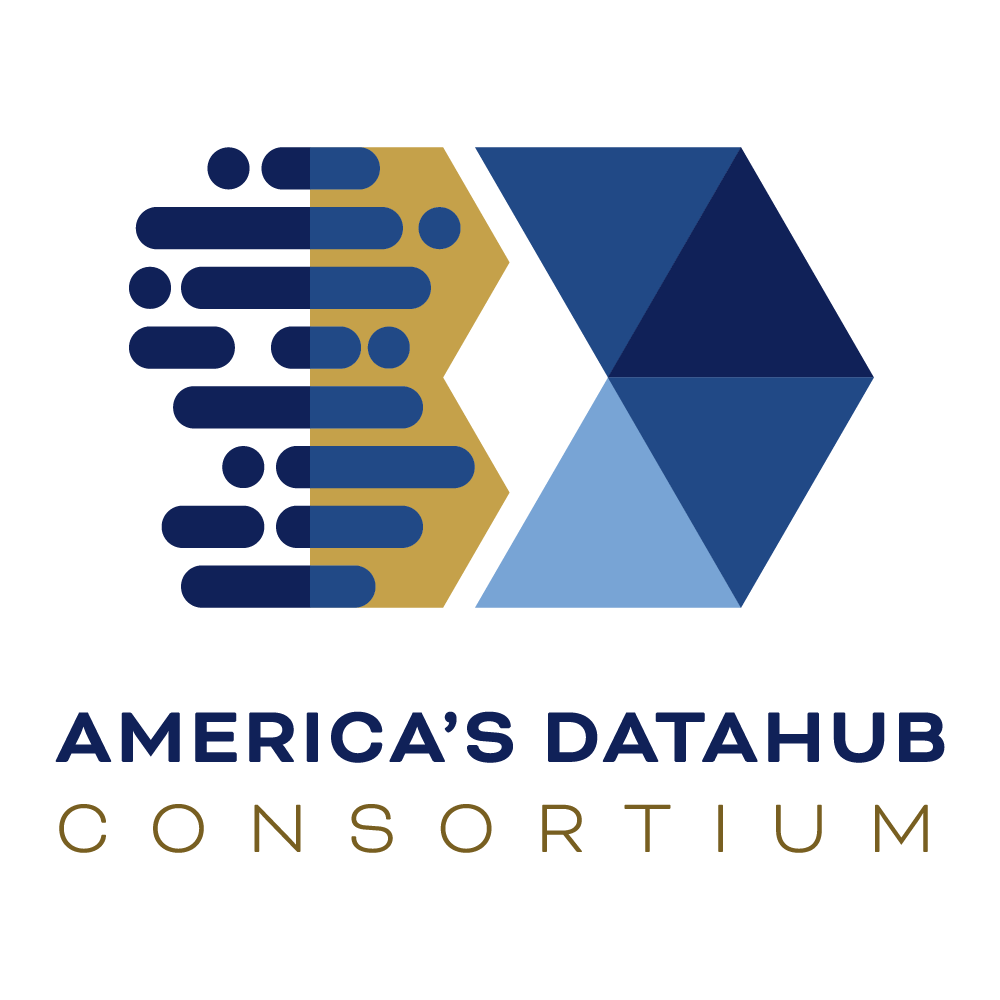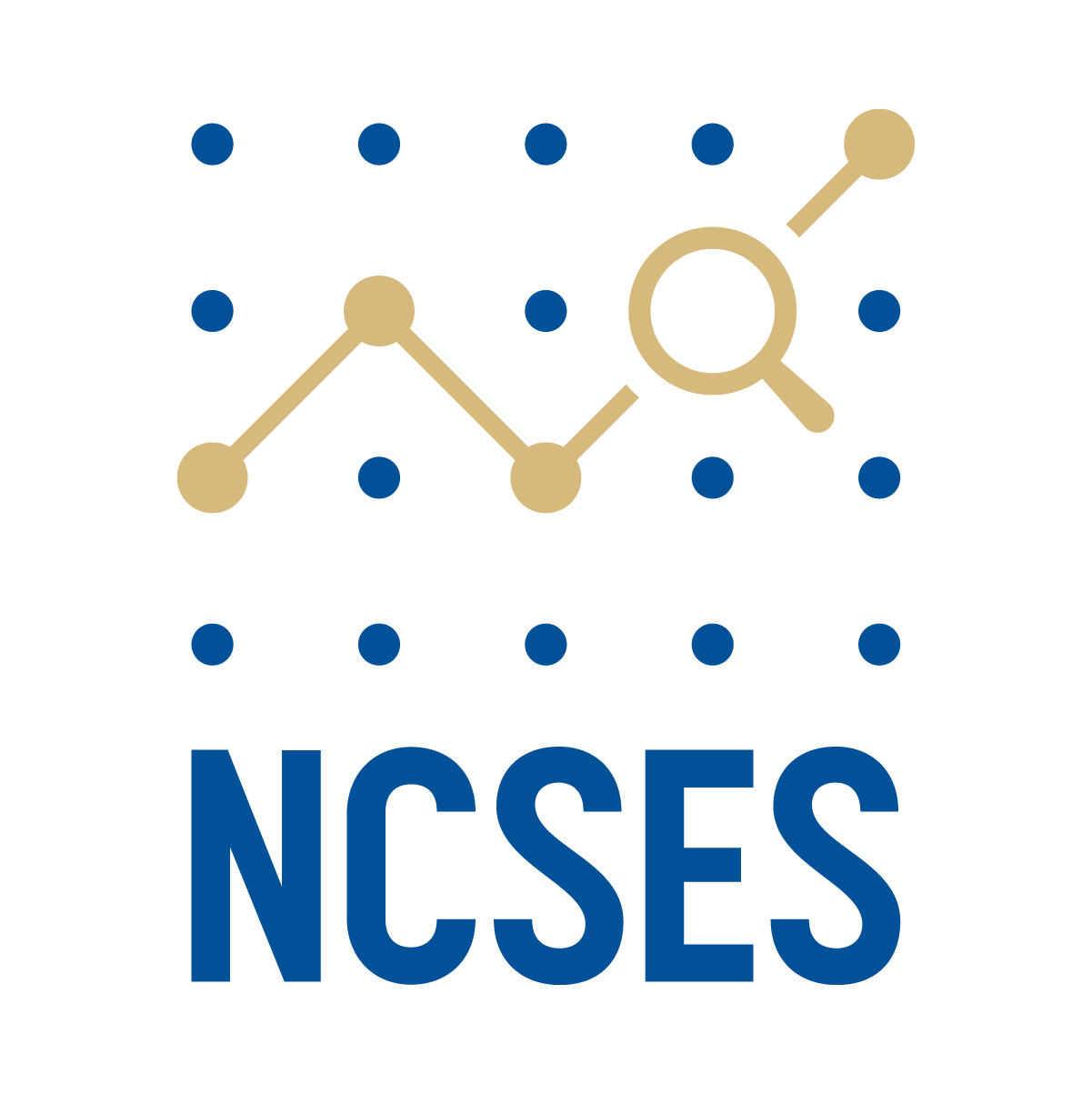Project Name:
Data Integration to Estimate Science, Technology, Engineering and Mathematics (STEM) Attrition and Workforce Supply: A Pilot Approach
Contractor: University of Southern California
Lessons Learned
- Review of pertinent literature. In review of the pertinent literature, unsurprisingly, the majority of research present in research journals pertains to four-year colleges. Given that our project has a primary focus on two-year colleges, degree completion, and transfer to four-year college matriculation, this has been somewhat challenging. It does however underscore the importance of engaging in the work that we are focused on with two-year colleges and transitions. More specifically, the work of this project will add much to the research and have pronounced practice implications to two- and four-year STEM undergraduate programs. There are scholars who study degree matriculation and students’ academic hurdles (especially in mathematics) for two-year colleges. The literature review that we have in progress will describe in detail the challenges, strengths and needs of two-year college students and the barriers in college for students, especially those who have been historically underrepresented in STEM programs.
- Data review, and preliminary check in with higher education leadership. As described in the report above, we have begun review of the data collected by the Los Angeles Community College District via its nine member community (two-year) colleges. We recognize that there is much data collected by the LACCD colleges. It is collected somewhat uniformly with some variation based on site level administrative directives across the member colleges. It has become apparent that the site level staff responsible for the data collection vary in their understanding of the needs and/or meaning of the data collected. These preliminary findings suggest the need for and importance of providing site level and district-wide data training so that the staff understand the data’s purposes and so that they develop a shared understanding of the data analyses and what such analyses mean for site level pedagogical and support practices for students.
- Use of artificial intelligence (AI) in data dashboards and associated public analyses. We have begun to examine existing public data dashboards and discussed potential opportunities for using AI to make publicly available data dashboards more user friendly and also more meaning focused to inform student-centered pedagogical and support related practices. This process is ongoing and has occurred in consultation with our AI experts. It will be important to maintain FERPA and HIPAA compliance in this process. To that end, preliminarily, we have found health related data dashboards that are used by researchers and practitioners. We examined one such dashboard that involves county-wide COVID-19 data. These data within the dashboard are masked with compliance and yet are readily available for analyses for diverse purposes, for health care providers and practitioners, social service providers, as well as for researchers and their students. The “under the hood” structures present in this dashboard may provide insight into what may be needed as we create inquiry focused user interfaces for that which is collected by two-year colleges in Los Angeles and perhaps in the state.
Disclaimer: America’s DataHub Consortium (ADC), a public-private partnership, implements research opportunities that support the strategic objectives of the National Center for Science and Engineering Statistics (NCSES) within the U.S. National Science Foundation (NSF). These results document research funded through ADC and is being shared to inform interested parties of ongoing activities and to encourage further discussion. Any opinions, findings, conclusions, or recommendations expressed above do not necessarily reflect the views of NCSES or NSF. Please send questions to ncsesweb@nsf.gov.




